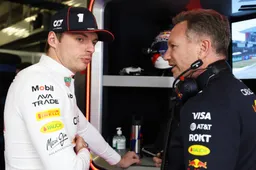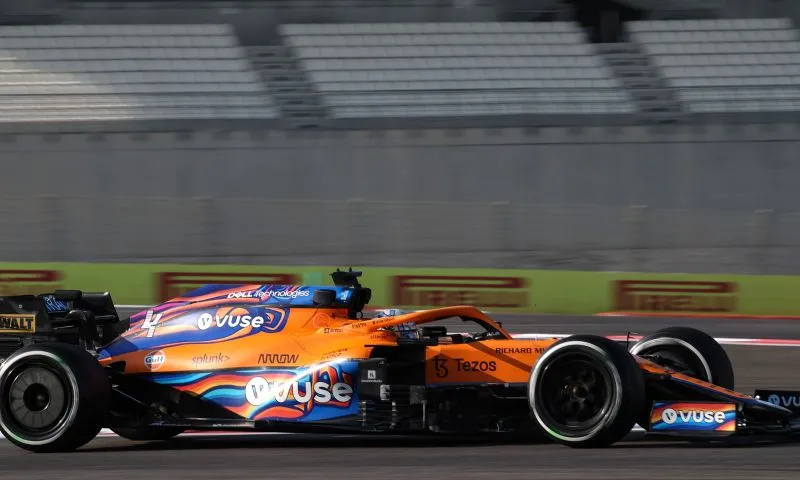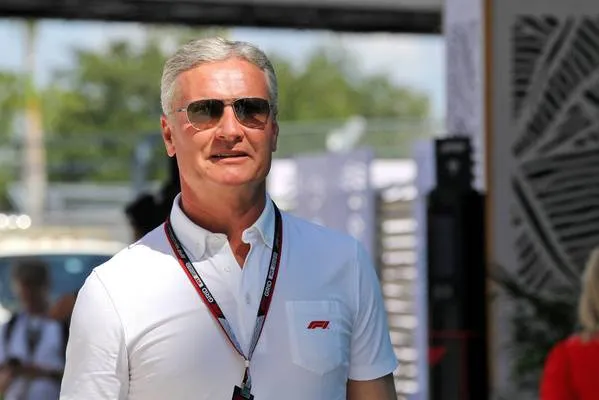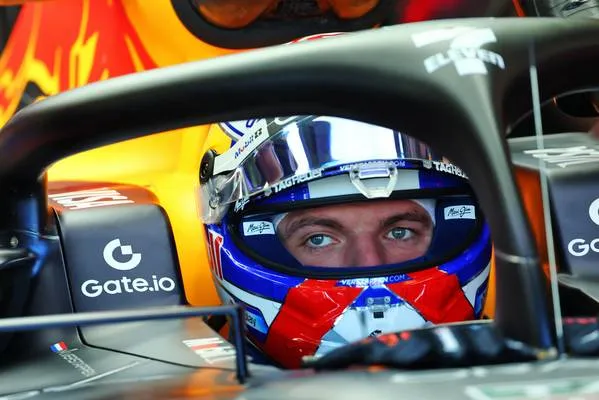McLaren: Some teams want to raise budget cap by 'a ridiculous number'
McLaren remains "strongly opposed" to an increase in Formula 1's budget cap. The British racing team is making this known in talks between the teams about fees for the six scheduled sprint races in 2022.
The test of the sprint format in 2021 has led to plans to expand to six sprint events in 2022. The first of these is scheduled for the season opener in Bahrain. This may involve the use of the alternative layout, also known as the 'outer loop' of the circuit.
Meanwhile, there are plenty of discussions about the format. There may be changes in the number of points and the winner of the sprint race may no longer be rewarded with the pole position on Sunday. There is also talk of a possible increase in the budget ceiling because of possible damage incurred in the sprint races.
Some teams seize every opportunity to raise budget cap
The budget cap, which was introduced in 2021, drops to $140 million this year and will drop by another $5 million in 2023. Zak Brown, CEO of McLaren Racing, therefore thinks it is out of place to raise that budget ceiling again now. He says so in conversation with Motorsport.com.
According to Brown, some teams wanted to take the opportunity to raise the budget ceiling 'by a ridiculous amount'. The American says McLaren is 'strongly opposed' to that increase and states that it wants to discuss the issue with the teams concerned.
In 2021, teams received a $450,000 allowance for participating in three sprint races, as well as an additional $100,000 for accident damages. According to Brown, "a few teams" want to greatly increase that amount, even though there was extremely little damage last year in the sprint races.
All that was further damaged last year in the sprints was Hamilton's reputation.
Poor F1, from races of speed and ability to go fast, with cars at the top of the technology to be fast, and that were updated at every GP, to races of efficiency, with hyper expensive power trains, which leave little money to invest in the rest, with rubbish tyres that make you go 9 seconds a lap slower in the race, with the drivers who ask permission from the engineers if they can push and overtake, or if they have to go conservative, like pensioners on the highway, while going on holiday. All this is thanks to the decision to run F1 with engines that have nothing to do with racing.
Would it be Merc by any chance, endorsed by all the Lucy loving Max hating element of F1 society?
When you have plenty of money and a few million $$ is just petty cash to the company, then you will want to have a higher budget cap so that you can spend more money developing the car.
On the other hand, if you are a team having to be sold or having to sell assets or having to appoint paid drivers in order to stay afloat, then you want to have as small a cap as possible as that is all you can afford and do not want the teams with the deep pockets to have the advantage.
The basic problem is these crazy, totally nonsensical engines that are supposed to make F1 look good in the "green" era, but which are useless for mass production and in fact only cost a fortune, leaving too little money for the teams to invest in the rest, chassis, aerodynamics, logistics and personnel. The hybrid engine is for saving energy, not for performance. Using it as it is used in F1 is conceptually wrong and has turned speed races into efficiency contests, where the driver has to ask permission from his engineer to increase the pace, or to attempt an overtaking move.
Having only one tank of gas and a fuel flow meter is the real problem. The hybrid engine is an engineering marvel and its performance is being held in check.
The hybrid engine has to do with energy efficiency, but it has nothing to do with performance. In terms of performance, what you get from a hybrid engine in today's F1, at a literally insane price, you got with just the endothermic engine and the turbo in the early 1980s, at a fraction of the cost. This is not progress, at least not in speed racing.
Popular on GPBlog
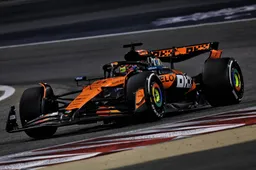
F1 Full results for FP2 in Bahrain: Piastri destroys Verstappen's and Russell's hopes

Marko draws painful conclusion for Verstappen and Red Bull Racing after Friday in Bahrain

F1 LIVE | Follow FP1 for the 2025 Bahrain Grand Prix
